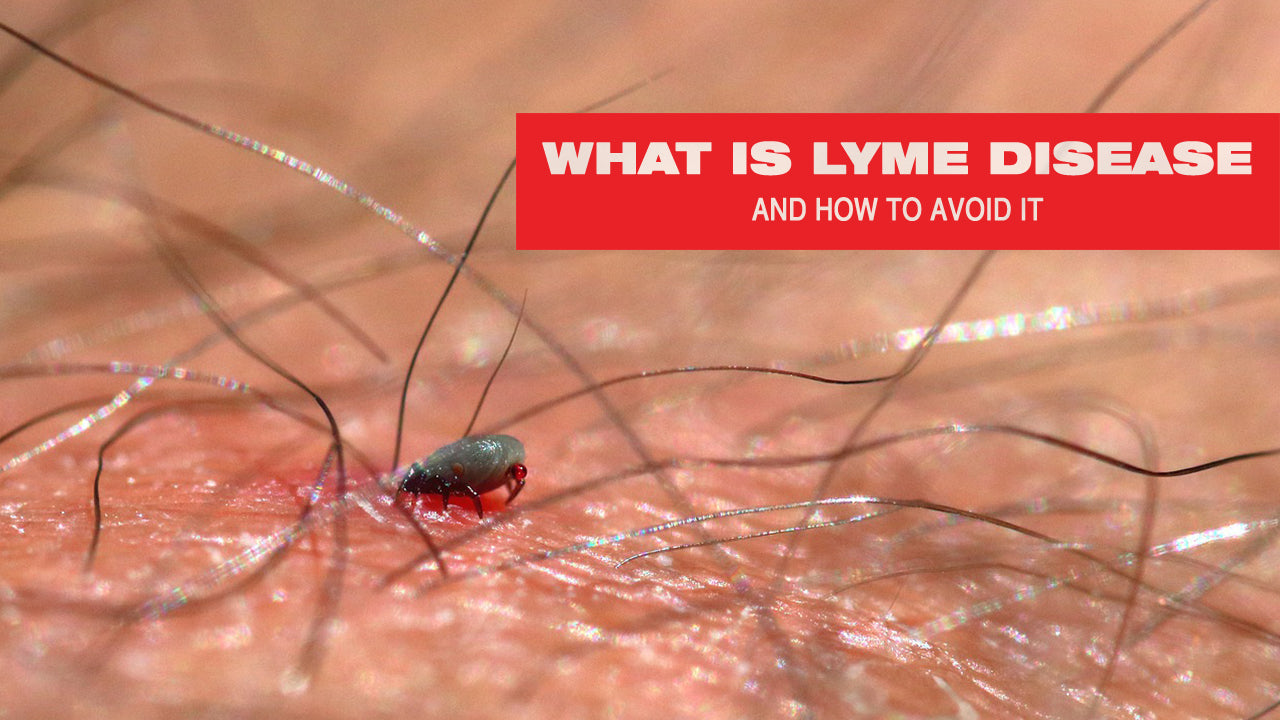What is Lyme Disease?
Lyme disease is an infection caused by the Borrelia Burgdorferi bacteria. The bacteria can be transmitted to humans through an infected black-legged or deer tick bite.
The symptoms may take anywhere from three to thirty days to appear after the bite, depending on the stage of infection. Sometimes it might even take months before any visible signs of infection show up.
However, the likelihood of contracting Lyme Disease depends on the type of tick, the area where you were bitten, and how long the tick was attached to the body. The black-legged tick should be removed immediately, or at most within 48 hours to avoid the infection.
What are the Symptoms of Lyme Disease?
The early signs include
- Chills
- Headache
- Fever
- Fatigue
- Muscle or joint pain
- Swollen lymph nodes
However, in almost 80% of cases, a rash is one of the first symptoms of a Lyme infection.
Other severe symptoms as the disease progresses without any treatment usually consists of
- Severe headache
- Stiffness in the neck
- Rashes on different parts of the body
- Arthritis with severe joint pain
- Loss of muscle tone on one or both sides of the face
Signs of a potentially fatal infection include
- Irregular heartbeat
- Inflammation of the brain or spinal cord
- Shooting pains, tingling or numbness in the hands or feet
How Does Lyme Disease Spread?
Lyme disease spreads through the bite of infected ticks.
The black-legged tick is the vector of the Lyme disease bacterium in the northeastern, mid-Atlantic, and north-central US while it’s the western black-legged tick in the Pacific Coast.
Most cases of human Lyme infection are caused by immature ticks (nymphs). They are extremely tiny, less than 2 mm, and difficult to see. Nymphs are active during the spring and summer months.
Adult ticks can act as vectors just as well, but ca be detected easily and are removed before they can transmit the bacteria. They are active in the colder months.
Affected Regions in the United States
As shown in the most recent Lyme Map (2018) by CDC, the States that show a high incidence rate of the disease include
- Connecticut
- Delaware
- Washington D.C.
- Maine
- Maryland
- Massachusetts
- Minnesota
- New Hampshire
- New Jersey
- New York
- Pennsylvania
- Rhode Island
- Vermont
- Virginia
- West Virginia
- Wisconsin
How Many Cases of Lyme Disease in the United States in 2019?
The Lyme Disease Association released its 2018 US Reported Lyme Disease Cases Featuring Top 15 States on 1 December 2019. It states a total of 33,666 cases were reported in 2018. However, CDC suggests that only 10% of the cases were actually reported, which means there could be an estimated total of 336,660 cases in 2018.
How to Avoid Lyme Disease and Protect Yourself
Ticks can’t jump or fly. They usually live in shrubs and bushes and climb onto passersby. To avoid getting bitten by one of the ticks you can:
- Wear long pants and socks in the woods or brushy areas with long grass
- Use a tick repellent on exposed skin and clothing (make sure it has DEET, lemon oil, or eucalyptus)
- Treat your clothes and other outdoor gear with permethrin
- Take a shower as soon as you come inside
- Check for ticks thoroughly
- Put your clothes or any other exposed gear into a hot dryer (it will kill pests if any)
- Taking precautionary steps to prevent ticks in your yard and on your pets. Follow this guide to check your dog for ticks.
Should I See a Doctor?
A rash is a good indicator that a tick may have bitten you. Consult a doctor immediately, and since it’s still an early stage of the illness, using some antibiotics can help in full recovery.
However, even if you don’t have a rash but have other symptoms like summer flu- fatigue, fever, headache - talk to your doctor about the possible causes instead of leaving them undiagnosed.
For more information on other tick-borne diseases and illnesses, read our guide about other common tick diseases in the United States.











